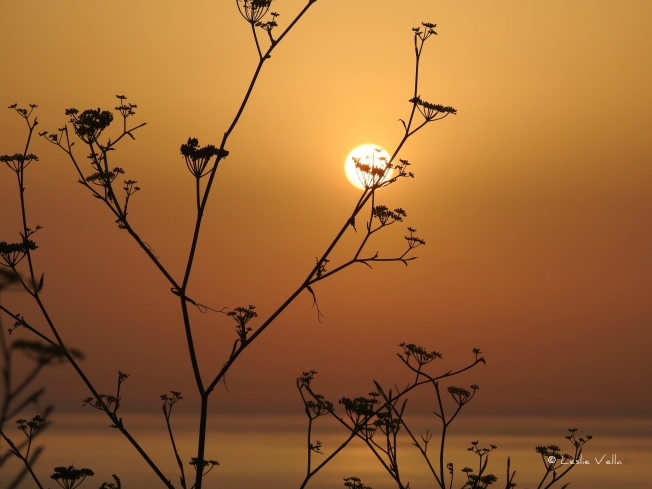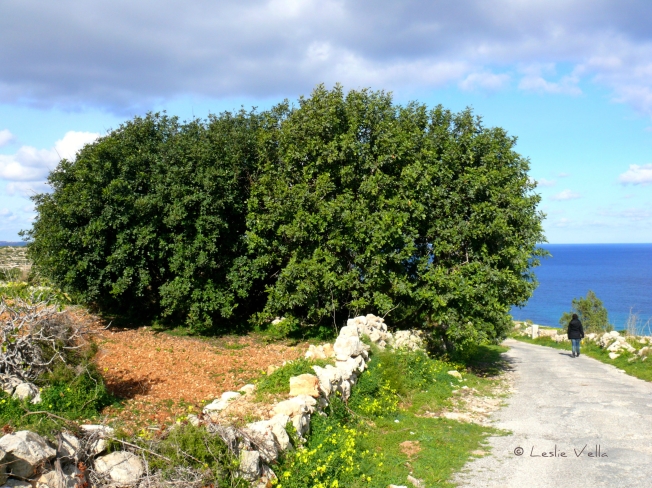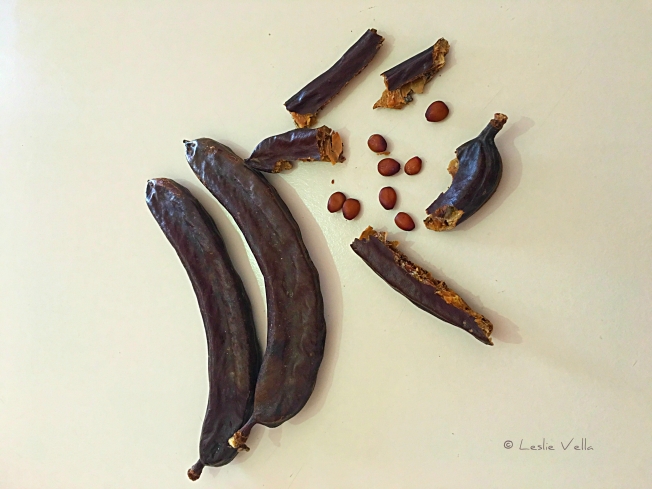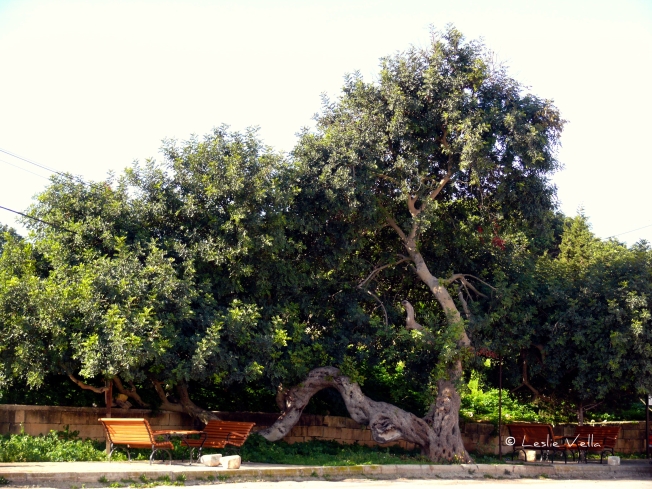
A coin from a watershed moment in Malta’s history. This a trifollaro coin minted in Mileto, Calabria during the rule of Count Roger the Norman.
Count Roger was nicknamed Roger Bosso and The Great Count and he was a Norman nobleman who became the first Count of Sicily from 1071 to 1101. He was a member of the House of Hauteville or Altavilla, and his descendants in the male line continued to rule Sicily down to 1194. By 1090, he had conquered all of Sicily from the Arab Emirate and in 1091, he conquered Malta.
Roger and his fleet reached Malta in June or July 1091 and following an initial skirmish which left some dead amongst the Maltese Muslim defenders who fled terrified, he waited until the following morning to make a march upon the Island’s capital Medina (today’s Mdina).
When Roger and his Norman troops reached the walled city, the Muslim rulers surrendered without a fight, freed their Christian captives (not Maltese as they all opted to accept Roger’s offer to return them to their homes by boarding his ships to Sicily), donated horses, mules, and surrendered all their weapons and swore allegiance to the Norman Count.
Roger departed with the liberated slaves and the loot, stopped to ransack Gozo on the way home and returned to Sicily never to visit again. It is recorded that his fleet was so overloaded with cargo and the freed slaves that the ships were in danger of capsizing on their return trip to Sicily.
It was to be under his successor King Roger II in 1127 that Malta was to eventually be firmly and fully integrated into the Norman Kingdom of Sicily.
The obverse of the coin (above) shows an effigy of Count Roger mounted on his horse in full armour and shield and carrying a lance with a pennant on his shoulder with the words Comes Rogerius (Count Roger) partially visible around the coin’s circumference. The mounted figure is very similar to the Norman knights displayed on the Bayeux Tapestry commemorating the Battle of Hastings which led to the Norman conquest of England in 1066, a mere 25 years earlier.

The reverse of the coin shows the Madonna and Child with a cross on top and the some surviving letters of the legend “Maria Mater Dni (Domini)”, or Mary Mother of God.
The Norman conquest of Malta ushered in the gradual process of Christianisation of Malta and its return to the European sphere of influence although this process extended over a number of decades during which the Maltese archipelago followed developments in Sicily by housing a diverse community of Christians, Moslems and Jews living in relative harmony.





























 The Roman Catacombs of Salina.
The Roman Catacombs of Salina. It is in fact the smaller tombs that I managed to visit and photograph. You can get to them through a signposted public footpath which passes through private agricultural land. The land is characterised by a grey lower coralline limestone outcrop showing clear evidence of ancient quarrying. Eventually you get to a small rectangular space in which five portals are cut into the vertical rock-face although the remains of tombs outside these entrances suggests that more recent quarrying may have destroyed parts of this catacomb complex.
It is in fact the smaller tombs that I managed to visit and photograph. You can get to them through a signposted public footpath which passes through private agricultural land. The land is characterised by a grey lower coralline limestone outcrop showing clear evidence of ancient quarrying. Eventually you get to a small rectangular space in which five portals are cut into the vertical rock-face although the remains of tombs outside these entrances suggests that more recent quarrying may have destroyed parts of this catacomb complex. In one of the small catacombs there is a perfectly preserved Stibadium, the c-shaped dining table also called the agape table on which relatives of the deceased shared a meal after the burial. The size of these smaller catacombs suggests that they either belonged to different families or to guilds who interred their departed members in them.
In one of the small catacombs there is a perfectly preserved Stibadium, the c-shaped dining table also called the agape table on which relatives of the deceased shared a meal after the burial. The size of these smaller catacombs suggests that they either belonged to different families or to guilds who interred their departed members in them.